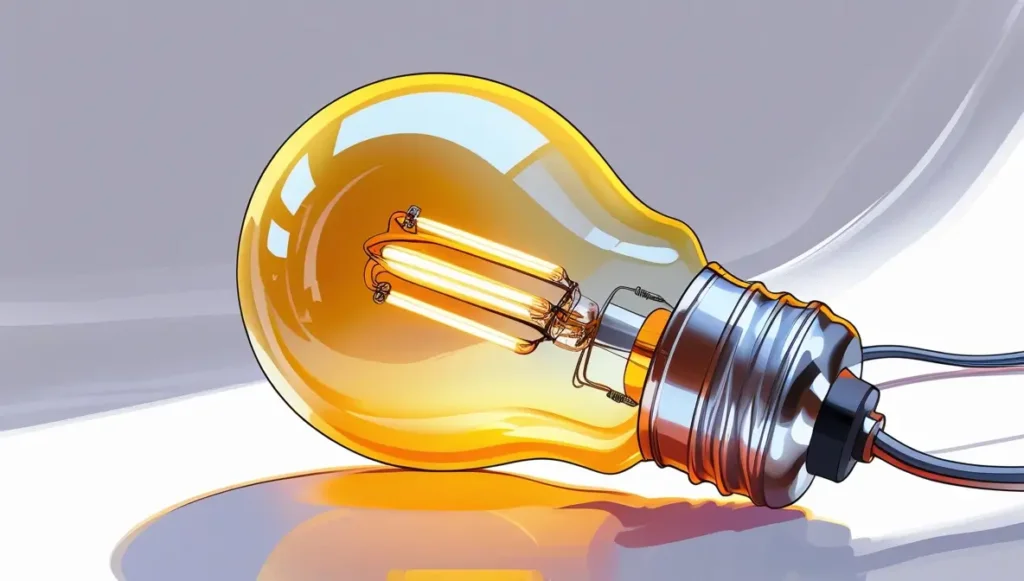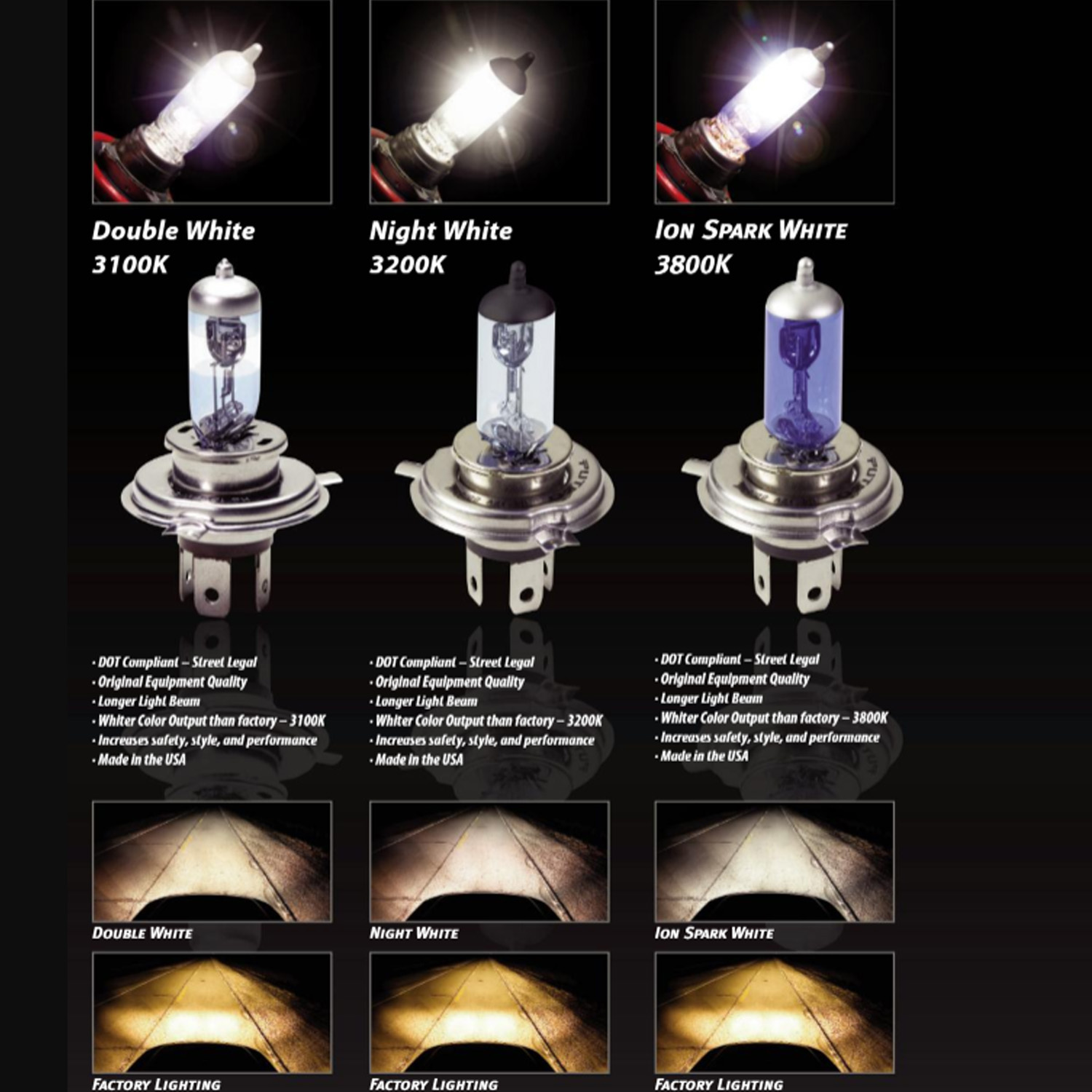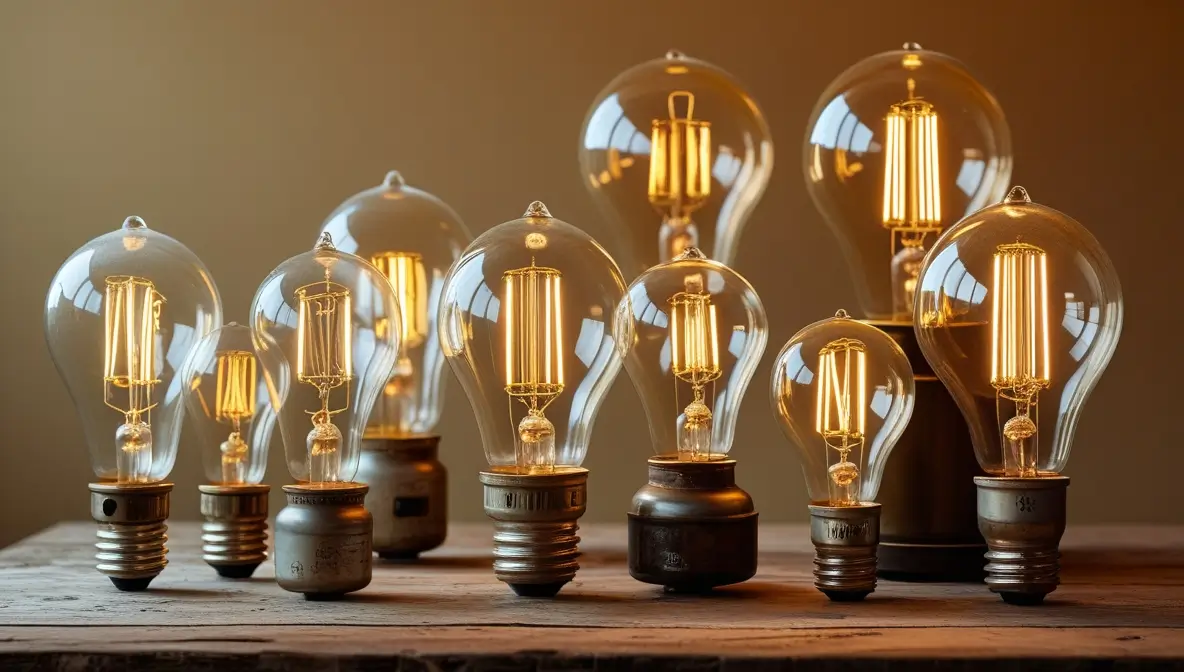What are Halogen Light Bulbs? Halogen light bulbs are a type of incandescent lighting. They are known for their bright and clear light.
But what exactly makes them different from other bulbs? Halogen bulbs use a small amount of halogen gas, which helps them last longer and burn brighter than traditional incandescent bulbs. They are popular in both homes and businesses for their efficiency and quality of light.
Unlike other bulbs, halogen lights give off a whiter and more natural light, making them ideal for tasks requiring good visibility. In this blog post, we will explore the unique features of halogen light bulbs and why they might be the right choice for your lighting needs. Whether you’re upgrading your home lighting or just curious, read on to learn more about halogen bulbs.

Credit: www.bulbs.com
Introduction To Halogen Light Bulbs
Halogen light bulbs are a higher performing form of incandescent lighting. Halogen bulbs work by passing halogen gas over the tungsten filament, which in turn increases the amount of brightness and allows it to last longer than your traditional incandescent bulb. This small amount of halogen gas allows halogen light bulbs to be used in a wide range of applications, from home lighting and automotive headlights to commercial lighting. The halogen gas within the bulb helps achieve greater efficiency, leading to brighter light and with a longer lifespan than older incandescent technologies.
Halogen bulbs have become a common choice for household and business lighting due to their brightness and clarity. They are most commonly used in vehicles, particularly for car headlights, as their bright light helps to increase visibility and safety. Halogen light bulbs are still well-loved, despite the rise of energy-saving technologies such as LEDs, for their low price point and good light output in different environments.
Brief History of Halogen Light Bulbs
Halogen light bulbs were first developed in the 1950s. Scientists wanted a bulb that would last longer. They added a small amount of halogen gas. This made the bulbs shine brighter and last longer than older bulbs. Halogen bulbs became popular in homes and cars. They are still used today because of their efficiency.
Basic Components of Halogen Light Bulbs
Halogen bulbs have a few key components, each of which plays a role in creating their efficient, long-lasting light. These aspects help to demonstrate the differences between halogen and regular incandescent light bulbs, as well as how they can provide better overall performance.
- Tungsten Filament: At the heart of a halogen bulb is the tungsten filament, which glows as electricity flows through it. The filament creates light at high temperature. Tungsten — a metal — is used because it will not melt at these elevated temperatures. The filament itself is not thick; it is usually coiled for a larger surface area so that it can give off more light and operate more efficiently.
- Halogen gas: Halogen bulbs contain a halogen gas, which is one of the differences between halogen and standard incandescent bulbs. The halogen chosen is usually iodine or bromine. As the tungsten filament gets hot, some tungsten evaporates and combines with the halogen gas. This reaction facilitates the redeposition of the tungsten on the filament, preventing it from thinning out too rapidly. This process, referred to as the halogen cycle, enables halogen bulbs to produce consistent light output and last longer than standard incandescent bulbs. Not only does the halogen cycle allow halogen bulbs to run at higher temperatures, helping them produce bright, white light.
-
Quartz or High-Strength Glass: This part is usually made of quartz or other types of high-strength glass. It is made from the mineral, quartz, because of its tolerance to the heat generated by the tungsten filament and halogen gas. This means that halogen bulbs can work at high temperatures without the danger of breaking or deforming the glass, since it has a high melting point. This material also provides excellent light exit to maintain brightness with a consistent filament structure.
- Base: The base of the halogen bulb connects to the lamp, fixture, or socket. Usually composed of metal, the stator contact is shaped to ensure a stable electrical link. The base ensures that electricity enters the bulb in a safe manner, completing the circuit. The type of base halogen bulbs come with is variable through application, with the common screw bases like E26 or E27 as used in home light fixtures, while the pin-type bases are common for applications such as automotive lighting or projectors.
How Halogen Bulbs Work
Halogen bulbs contain a small amount of halogen gas. This gas helps the bulb last longer. It also makes the light brighter. The gas stops the filament from breaking. It does this by collecting the particles. Then, it puts them back on the filament.
Halogen bulbs use a thin wire called the tungsten filament. This filament heats up when electricity flows through it. It gets very hot and glows. This glow produces light. The halogen gas helps keep the filament from burning out quickly. This way, the bulb can last longer and shine brighter.
Efficiency Of Halogen Bulbs
Halogen light bulbs are known for their efficiency and bright white light. They use less energy and last longer than traditional incandescent bulbs. These bulbs are often used in homes and offices due to their durability and cost-effectiveness.
Energy Consumption
Halogen bulbs use less energy than traditional incandescent bulbs. They are more efficient. Halogen bulbs can last longer too. This means fewer replacements. They also produce a brighter light. This makes them ideal for many uses. Halogen bulbs are a bit more expensive. But, they save money in the long run. Lower energy bills and fewer replacements mean savings. They also have a smaller carbon footprint. This makes them a greener option.
Comparison With Incandescent Bulbs
| Feature | Halogen Bulbs | Incandescent Bulbs |
|---|---|---|
| Energy Use | Lower | Higher |
| Brightness | Brighter | Less Bright |
| Longevity | Longer | Shorter |
| Cost | Higher upfront | Lower upfront |
| Environmental Impact | Lower | Higher |

Credit: www.amazon.com
Brightness Of Halogen Bulbs
Halogen bulbs produce a lot of light. They offer higher lumens output than regular bulbs. This means they are very bright. Halogen bulbs are often used in spotlights and headlights. They are great for areas needing strong light. These bulbs are also energy-efficient. They use less power than older bulbs. This makes them a smart choice for many.
The color of light is called color temperature. Halogen bulbs usually have a warm light. This means the light looks a bit yellow. Warm light is softer on the eyes. It creates a cozy feeling. These bulbs can also have a higher color temperature. This gives off a whiter light. White light is good for task lighting. It helps you see details better. So, depending on your needs, you can choose the right color temperature.
Advantages Of Halogen Bulbs
Halogen bulbs last longer than regular bulbs. They can work for up to 2,000 hours. This means fewer replacements. Less hassle. You save money over time. Better for the environment too.
Halogen bulbs give off bright, white light. It is close to natural daylight. Colors appear true and vibrant. Ideal for reading and tasks. No flicker. No strain on eyes.
Disadvantages Of Halogen Bulbs
Halogen light bulbs can be very hot, posing a burn risk. They also have a shorter lifespan compared to LEDs. Additionally, they consume more energy, leading to higher electricity bills.
Higher Heat Emission
Halogen bulbs produce a lot of heat. This can be a safety risk. The bulbs can get very hot quickly. They can cause burns if touched. The heat can also damage nearby items. This makes them less safe.
Environmental Impact
Halogen bulbs are not eco-friendly. They consume more energy than LED bulbs. This leads to higher electricity bills. Their short lifespan means more waste. They also contain harmful chemicals. Disposal of these bulbs needs care.
Applications Of Halogen Bulbs
Halogen bulbs are common in homes. They offer bright, white light. Perfect for reading lamps. Ideal for kitchens and bathrooms. These bulbs last longer than regular ones. Easy to find in stores. Simple to replace. They fit most light fixtures. Energy-efficient options available. Save money on bills.
Businesses use halogen bulbs too. They light up offices well. Good for retail shops. Highlight products on shelves. Used in showrooms. Enhance product visibility. Restaurants use them for cozy lighting. Suitable for outdoor signs. Durable and reliable. Cost-effective in the long run.
Future Of Halogen Bulbs
New materials and designs make halogen bulbs better. They now last longer. Some bulbs use less energy too. This is good for the environment. New tech makes them brighter as well. Many people like this. They are still easy to find in stores.
Many people still buy halogen bulbs. They like their bright light. New bulbs are also more affordable. This helps sales. Some people prefer halogen to LED. This keeps the market strong. Many homes still use these bulbs. They are a popular choice.

Credit: www.putco.com
Frequently Asked Questions
What Are Halogen Light Bulbs?
Halogen light bulbs are a type of incandescent bulb. They contain halogen gas, which increases light output. They are energy-efficient and provide bright, white light.
How Do Halogen Light Bulbs Work?
Halogen light bulbs work by passing electricity through a tungsten filament. The halogen gas helps the filament last longer. This process produces bright, white light.
Are Halogen Bulbs More Efficient?
Yes, halogen bulbs are more efficient than traditional incandescent bulbs. They use less energy and last longer. This makes them a better choice for energy savings.
Can Halogen Bulbs Be Dimmed?
Yes, halogen bulbs can be dimmed. They are compatible with most dimmer switches. This allows you to adjust the light intensity as needed.
Conclusion
Halogen light bulbs are efficient and bright. They use less energy. They last longer than traditional bulbs. Perfect for many lighting needs. Easy to install and replace. Affordable for most households. Ideal for indoor and outdoor use. They offer better color rendering.
They are a practical choice. Consider halogen bulbs for your next lighting upgrade. Your home will shine brighter.

My name is Mahi Uddin, and I’m a blog writer with over two years of experience specializing in creating engaging, informative content using AI tools. I contribute to InExDecor.com, where I share creative ideas and practical tips for transforming interior and exterior spaces into beautiful, functional environments. With a passion for storytelling and a knack for blending creativity with technology, I strive to craft blogs that not only inform but also inspire readers. When I’m not writing, you can find me exploring design trends or enjoying a good book with a cup of coffee.








